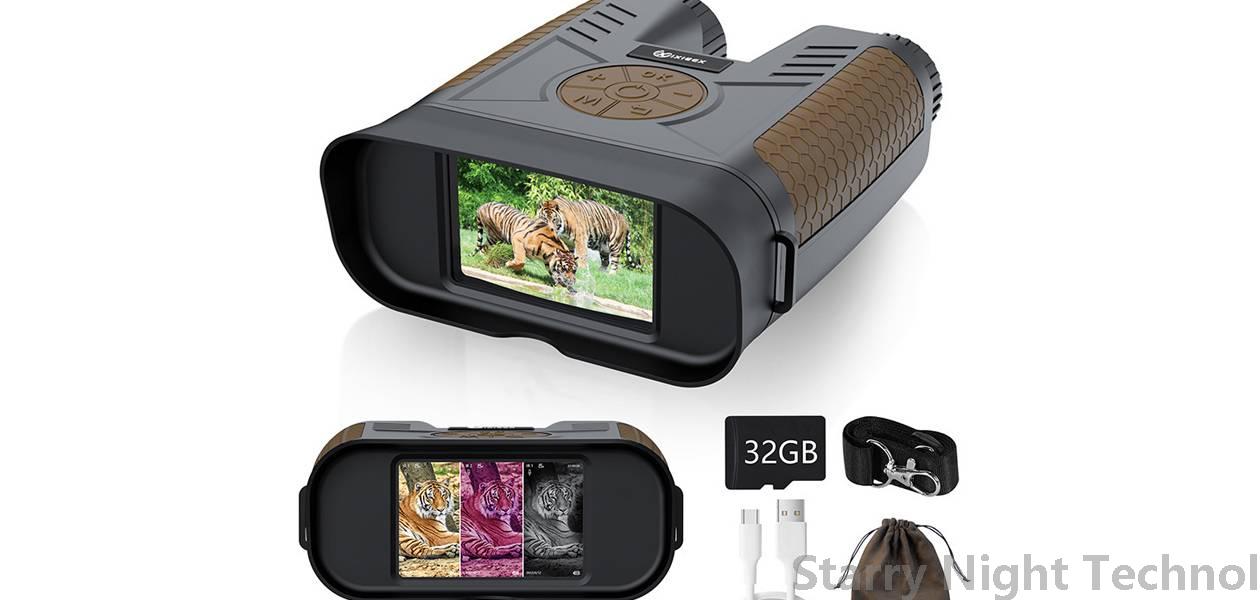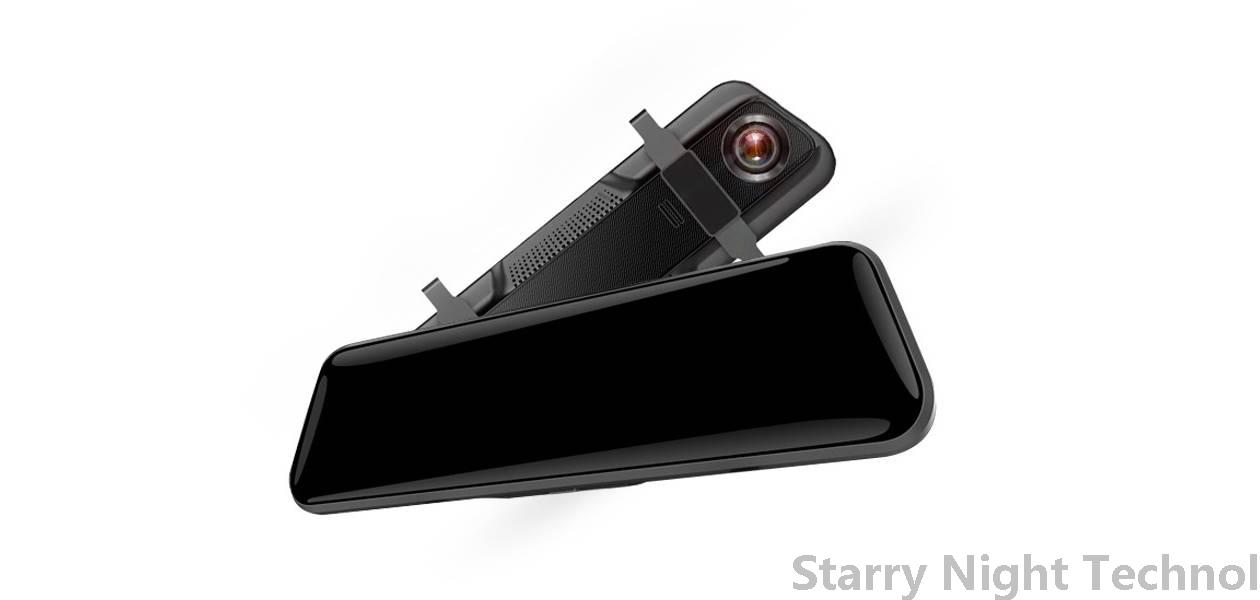"Seeing Beyond Darkness: The Impact of Night Vision on Security and Health Industries"
1760702571000

As the sun dips below the horizon, our world transforms into a shadowy expanse seemingly devoid of clarity. Traditionally, this darkness has been associated with uncertainty and danger, especially in security contexts. However, advancements in night vision technology have illuminated not only physical environments but also innovative pathways for enhancing safety and health across various sectors.
#### The Evolution of Night Vision Technology
Night vision technology has progressed dramatically from its inception during World War II to today’s sophisticated systems equipped with infrared imaging and digital enhancement techniques. The early devices focused primarily on amplifying ambient light, allowing military personnel to perform surveillance under low-light conditions. Modern innovations now encompass technologies such as thermal imaging and near-infrared cameras, which enable users to visualize an environment without any visible light—an invaluable asset in tactical operations and rescue missions alike.
Thermal imaging cameras detect heat signatures and can delineate between living beings and objects even in complete darkness or adverse weather conditions. This capability is instrumental not just for national defense applications but extends greatly into civilian industries, significantly impacting both security services and healthcare sectors.
#### Enhancing Security Measures
In terms of security, the benefits are far-reaching. Law enforcement agencies and private security companies harness cutting-edge night vision tools to improve their operational efficacy. Surveillance systems equipped with advanced night vision offer greater situational awareness, particularly in vulnerable areas where crimes like vandalism, burglary, or drug trafficking might otherwise go unseen.
For instance, urban centers plagued by crime often integrate night vision-equipped drones to conduct aerial patrols, creating a blanket of coverage that makes it easy to identify suspicious activities before they escalate. Moreover, industries involved in critical infrastructure protection—such as energy plants and transportation hubs—employ enhanced night vision capabilities as a precautionary measure against potential sabotage or intrusion.
Furthermore, these technologies facilitate safer nighttime pursuits, allowing emergency responders to navigate challenging terrains while maintaining visibility. The ability to operate efficiently at night contributes significantly to reduced response times, ultimately saving lives when every second counts.
#### A Revolutionary Shift in Healthcare
 One area significantly impacted is hospitals' overall safety protocols. Utilizing night vision-enabled monitors enables staff to manage patient locations with heightened accuracy during the nighttime rushes when most incidents occur. Notably, vigilance remains crucial when monitoring high-risk patients—those susceptible to falls or other accidents post-surgery—or ensuring optimal nurse-to-patient ratios even during late-night shifts.
One area significantly impacted is hospitals' overall safety protocols. Utilizing night vision-enabled monitors enables staff to manage patient locations with heightened accuracy during the nighttime rushes when most incidents occur. Notably, vigilance remains crucial when monitoring high-risk patients—those susceptible to falls or other accidents post-surgery—or ensuring optimal nurse-to-patient ratios even during late-night shifts.The implications extend beyond conventional medical settings. For example, providers working with elderly clientele in memory care facilities benefit substantially from improved nighttime oversight. Monitors with night vision capabilities allow caregivers to track residents' movements visually, thereby minimizing confusion or anxiety related to disorientation commonly experienced by dementia patients.
Moreover, in telemedicine, where remote interactions require clear communication, night vision development promises enhanced video call functionalities. Improved visuals foster better diagnoses and follow-ups, bolstering reliability in non-traditional settings—expanding access to specialists regardless of time constraints.
#### Addressing Ethical Concerns
Despite the myriad advantages brought forth by night vision technology, ethical concerns surrounding privacy rights and surveillance warrant contemplative discourse. As governments and corporations increasingly adopt invasive systems aimed at constant monitoring, individuals may encounter infringements upon perceived personal freedoms.
Nonetheless, responsible integration of these technologies—and adherence to guidelines governing data usage—can ensure that public welfare and dignity remain at the forefront of progress. Developing comprehensive policies addressing consent, transparency, and accountability must work hand-in-hand with technological advancement to maximize societal benefits whilst safeguarding individual rights.
#### Future Prospects
Looking ahead, night vision's evolution synergistically intertwines with artificial intelligence (AI) and machine learning to create smarter systems capable of identifying threats and assessing risks autonomously. As smart cities emerge—integrating everything from traffic lights to environmental sensors—the synergy between AI-driven analysis and advanced night vision will yield results that enhance safety measures while optimizing resource distribution.
As innovators explore new horizons—from wearables to augmenting smartphone capabilities—the real-world effects of seeing beyond darkness will further revolutionize how we perceive, secure, and maintain quality of life. Whether in securing communities through vigilant law enforcement or transforming healthcare delivery for increased effectiveness, the impact of night vision technology transcends mere surveillance, fundamentally reshaping how humanity interacts with its environment, day or night.
Ultimately, as hidden realms are unveiled, society stands poised at the precipice of a brighter future—a future empowered by insights gleaned from the dark. Balancing innovation with ethics ensures that progress continues while elevating safety standards and nurturing health outcomes, paving the way for tomorrow’s success guided by visions of hope that shine vibrantly amidst shadows.
What brand of night vision device should I buyStarry Night Technol

